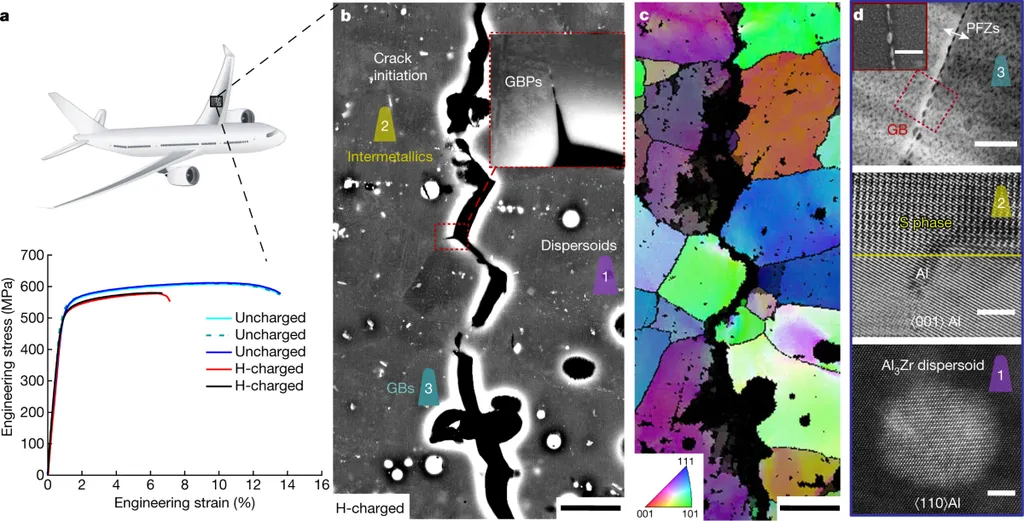In a groundbreaking development poised to revolutionize material safety design analysis, researchers have harnessed the power of artificial intelligence to predict the concentration of diffusible hydrogen in Face-Centred-Cubic (FCC) metals. This innovation, spearheaded by Abdurrahman Sivesoglu from the Department of Mechanical Engineering at Abdullah Gül University in Türkiye, promises to significantly impact the energy sector by enhancing the prediction of hydrogen embrittlement and subsequent material degradation.
Hydrogen embrittlement, a phenomenon that weakens metals when exposed to hydrogen, has long been a challenge in industries such as energy, where materials are often subjected to harsh environments. Traditionally, measuring hydrogen concentration has been complex and not readily feasible in service conditions. However, Sivesoglu’s research introduces a multi-layer perceptron (MLP) model that can estimate diffusible hydrogen concentration using electrochemical charging parameters and grain size of the specimen.
The MLP model, validated with unseen test datasets, demonstrated excellent predictive performance. “The model showed a higher accuracy and faster convergence when using weight initialization,” Sivesoglu explained. This achievement is underscored by a linear correlation of 89% between experimental and predicted hydrogen concentration, marking a significant leap in material safety design analysis.
The implications for the energy sector are profound. Accurate prediction of hydrogen embrittlement can lead to better material selection and design, ultimately enhancing the safety and longevity of structures and components. This research could pave the way for more reliable and efficient energy solutions, from pipelines to renewable energy technologies.
Sivesoglu’s work, published in the journal Materials Research Express (translated to English as “Materials Research Express”), not only advances our understanding of hydrogen embrittlement but also showcases the potential of artificial intelligence in solving complex engineering challenges. As the energy sector continues to evolve, such innovations will be crucial in driving progress and ensuring material safety.
This research opens new avenues for future developments, potentially influencing industries beyond energy. The integration of AI in material science is just beginning, and Sivesoglu’s work is a testament to the transformative power of this synergy. As we move towards a more sustainable and technologically advanced future, the insights gained from this study will undoubtedly shape the landscape of material design and safety analysis.

